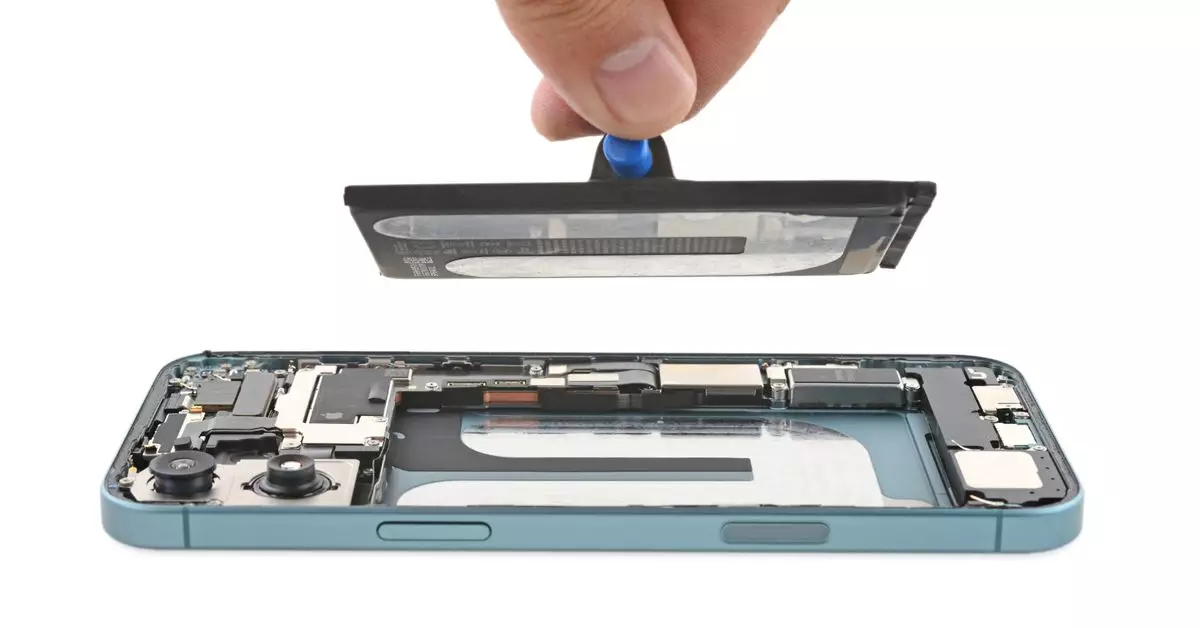The release of Apple’s iPhone 16 lineup marks a significant shift in the approach to smartphone repairs, driven largely by the introduction of innovative features that enhance user-friendliness and sustainability. As repairs become an increasingly focal point in consumer technology, particularly amidst rising concerns over e-waste, Apple’s decision to release day-one repair manuals has given enthusiasts and independent repair technicians unprecedented access to essential information. This transparency is a welcome change and aligns with growing demands from consumers for greater control over their devices.
One of the standout features of the iPhone 16 is the introduction of electrically debondable adhesive, particularly in the base model. This novel adhesive method provides a glimpse into the future of phone repairability. Prior to this, reassembling or repairing the battery required physical tools and often led to damaged components, contributing to unnecessary waste. With the new adhesive, users can easily replace batteries by applying an electric current, making the process both efficient and less invasive. This change not only simplifies repair practices but also emphasizes Apple’s commitment to longevity and sustainable practices in an age where planned obsolescence has faced heavy scrutiny.
iFixit’s disassembly of the iPhone 16 reveals key insights into its design and functionality. The meticulous examination shows that the camera control features a physical button which significantly improves the user experience. Additionally, the heat sink setup for the A18 chip’s Neural Engine is indicative of the intricate engineering involved in managing AI workloads. Such advances point towards a future where mobile devices are not just smarter but also capable of handling more demanding tasks without overheating, enhancing their performance and reliability.
While the Pro models traditionally draw more attention for their premium features, this year the base iPhone 16 garners interest for its innovative design elements that could set the benchmark for future releases. As this trend towards repairable technology gains traction, one can only speculate on the ripple effect it may have across the industry. Competitors may soon find themselves under pressure to adopt similar practices, which could ultimately lead to an industry-wide shift that prioritizes repairability, sustainability, and user agency.
The advancements seen in the iPhone 16 series not only mark a step forward in Apple’s design philosophy but also challenge conventional methods of device repair. By integrating new materials and innovative repair solutions, Apple is paving the way for a more sustainable future in tech. Whether these changes will resonate across the industry remains to be seen, but the iPhone 16 is undoubtedly a harbinger of change, setting a new standard for both manufacturers and consumers alike. The commitment to repair-friendly designs could transform how we think about device ownership, utility, and the lifecycle of technology in our increasingly electronic world.


Leave a Reply